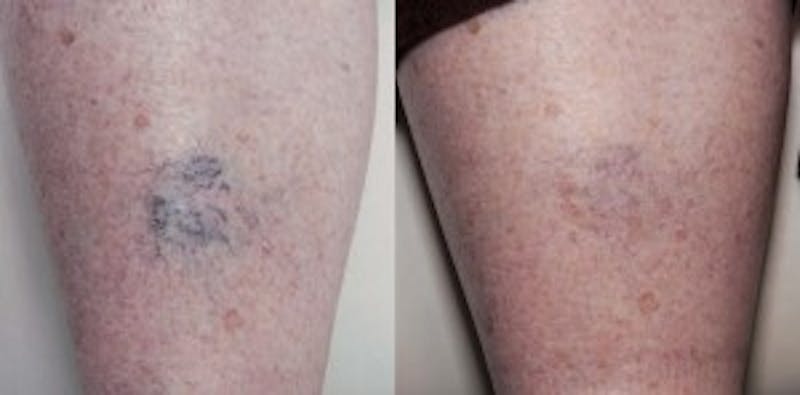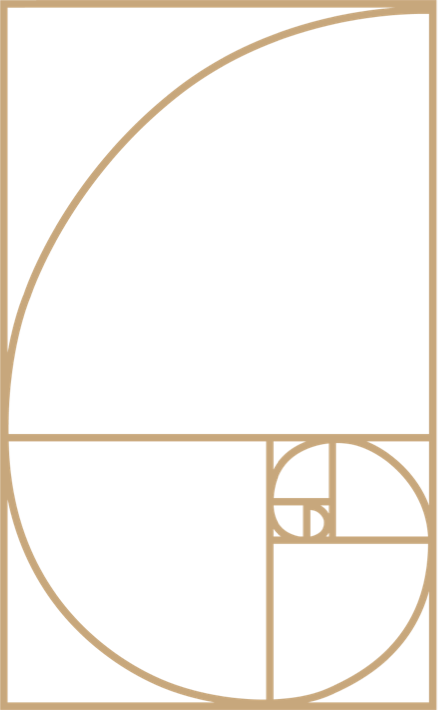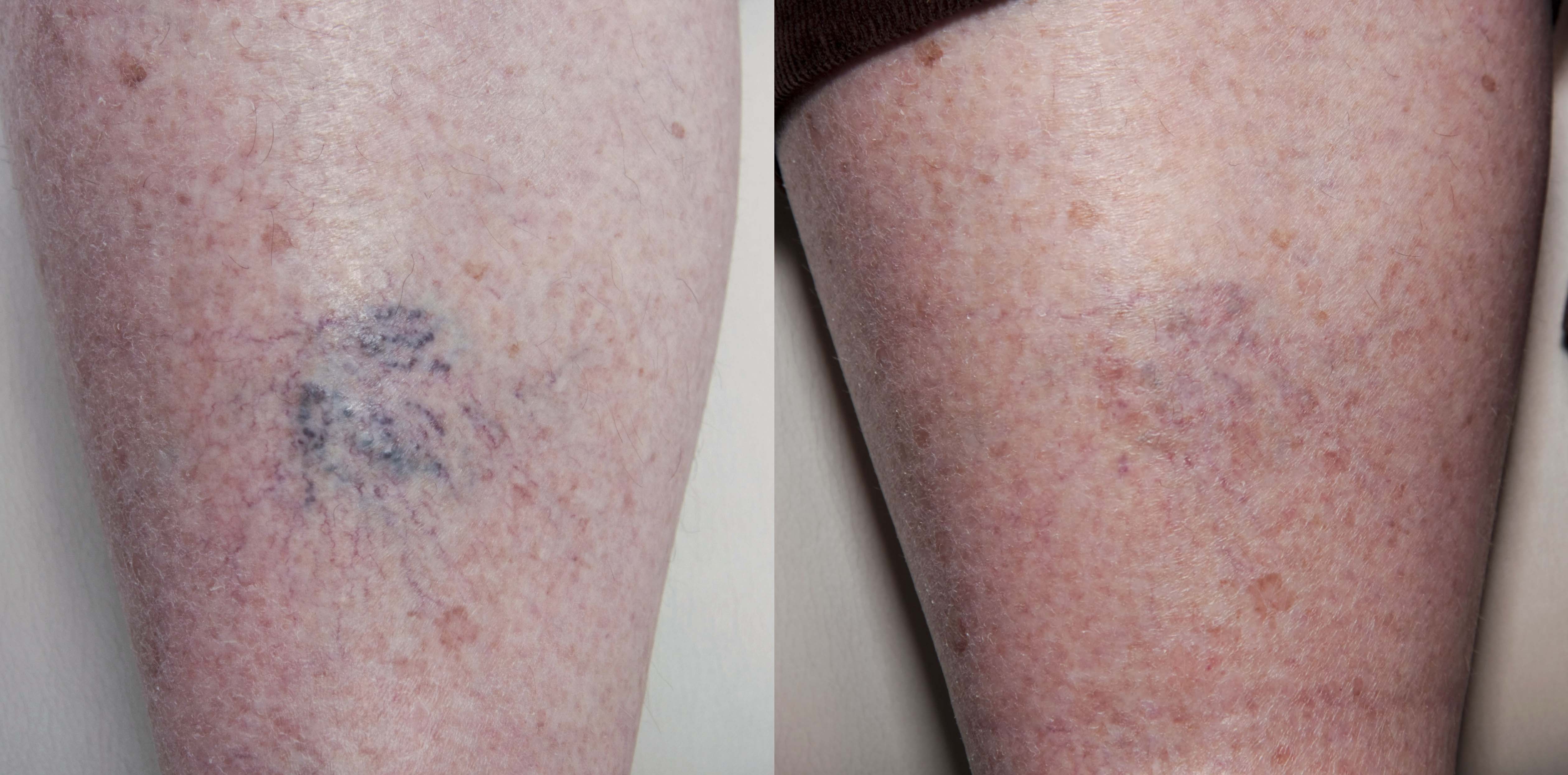
* Individual results may vary. Refer to disclaimer below.
Varicose veins affect nearly 50% of the population worldwide. Varicose and spider veins are manifestations of a condition called CVI, chronic venous insufficiency. CVI is the result of abnormally high pressure in the veins of the lower extremities. This increase in pressure is caused by reflux due to failure of the one way valves in the veins that prevent back flow of venous blood. This can lead to multiple problems including pain, dilated or varicose veins, swelling, edema, skin changes and ulcerations.
If you have varicose veins, you can thank your mom and dad because there is a strong genetic relationship with varicose veins. Women are more likely than men to develop varicose veins. Other risk factors include increased age, multiple pregnancies, and occupations that require long periods of time standing. Also, obese women are 3 times more likely to develop varicose veins. Interestingly, this correlation is not also seen in men.
Colloquially, varicose vein is a catch-all term that is used to describe any abnormal appearing vein in the legs, but before we can treat them, we need to understand what we are really talking about. By definition, varicose veins are dilated, palpable subcutaneous veins generally larger than 3 mm. Treatment of true varicose veins can be a medically necessary procedure that is covered by insurance. Reticular veins are dilated, nonpalpable subdermal veins 1–3 mm in size. Finally, telangiectasias, or spider veins, are dilated intradermal venules less than 1 mm in diameter. Treatment of reticular and spider veins is cosmetic.
Several effective treatments exist for CVI. The most conservative approach is simply to wear properly-fitting support hose, especially when the veins cause painful or uncomfortable symptoms. Compression stockings will improve pain and slow the progression of CVI manifestations. People who spend long hours standing on their feet should consider daily compression as a preventive measure. Lifestyle modifications such as weight loss and regular exercise have been shown to improve the symptoms of CVI.
Two common minimally invasive procedures are available. Radiofrequency occlusion involves a small catheter which is inserted into the vein. The catheter delivers radiofrequency energy to the vein wall, causing it to heat, collapse, and seal shut. The procedure is generally done in an outpatient or office setting, sometimes under local anesthesia. Endovenous laser treatment is a similar procedure in which a small laser fiber is inserted into the vein. Pulses of laser light are delivered inside the vein, which heats the vein and causes it to collapse.
Surgical techniques to treat varicose veins include ligation (tying off of a vein) and stripping (removal of a long segment of vein). Another procedure, phlebectomy, allows for the removal of large surface veins through very small incisions. This same day surgery may be performed using local, spinal, or general anesthesia. While the non-surgical techniques have largely replaced surgery, surgery is often a better choice to treat large varicose veins.
Sclerotherapy is the mainstay of treatment of spider veins and reticular veins. It has been used for almost 100 years and is safe and effective. This procedure uses a highly concentrated saline (salt) solution or a medical detergent that is injected directly into the vein, causing the vein to disappear gradually over three to six weeks. The procedure is simple, relatively inexpensive, and can be performed in an outpatient setting. Typically 1-3 sessions are required, and patients need to wear compression stockings for 3 weeks following treatment.
Finally lasers and intense pulsed light (IPL) devices are used in the treatment of spider veins. These devices use heat energy to selectively damage or destroy abnormal veins. An advantage of these treatments is that no needles are required. However, there are risks such as skin damage and staining, and the results are typically not as positive as sclerotherapy.
Prior to treatment of superficial spider veins, I recommend correction of the deeper varicose veins when indicated. In some cases, correction of the varicose veins will improve the spider veins without further treatment, and will improve the efficacy of sclerotherapy. For more information on the treatment of spider veins and CVI, contact Dr. Cappuccino at 301-829-4110



